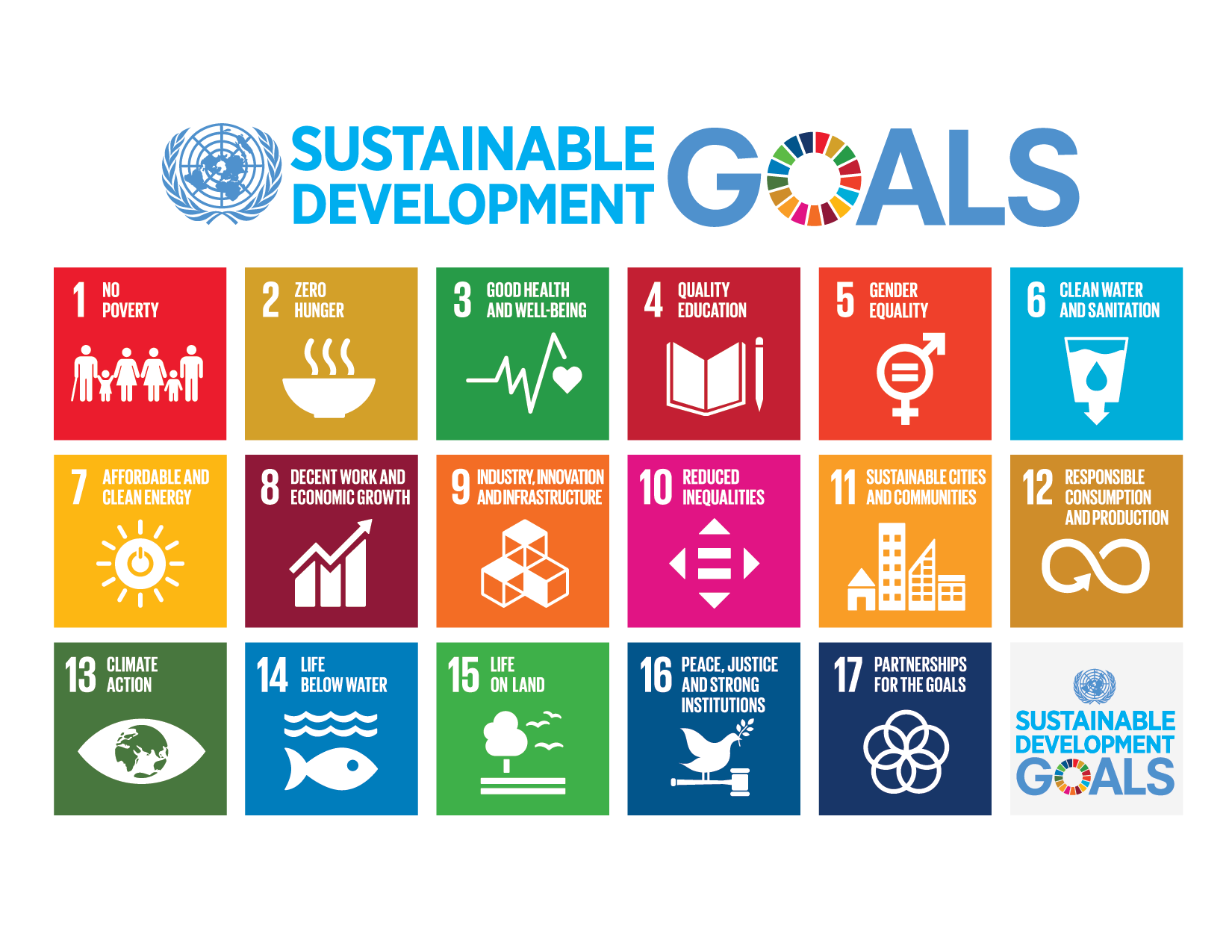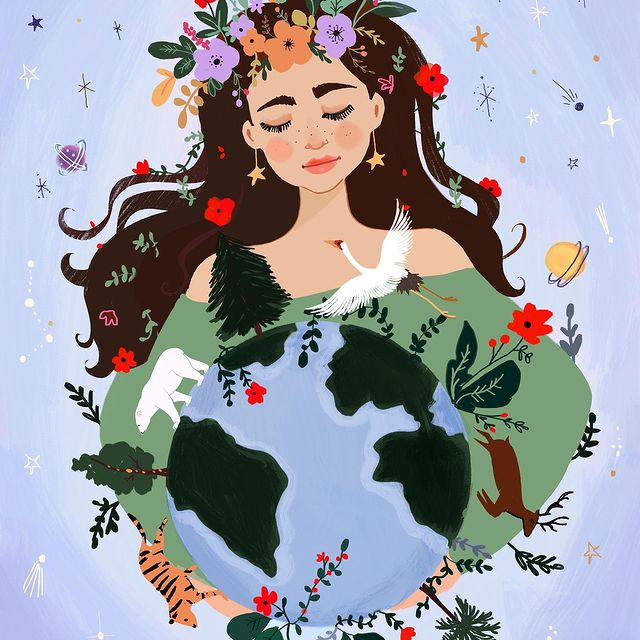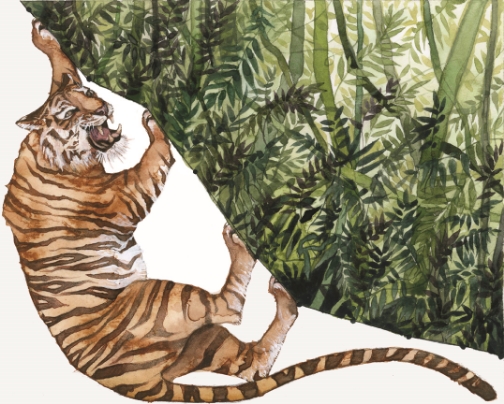Creatives for a Sustainable Future

Have you heard the saying you can’t spell earth without “art”? Artists and creatives have always helped to shape society by helping us to critically examine who we are and what we value. With environmental issues it is no different, creatives in the visual arts, performing arts, as well as writers, musicians and playwrights give us a new depth of understanding the various faces of topics like climate change, deforestation, ocean pollution, consumerism, loss of biodiversity and so on.
Art moves us
To me, there has always been something moving about the way creatives can bring light to an issue. They often do it in ways that go beyond words, right to my emotional connection to the issue. Or they bring someone’s personal story to me in a way that helps me see the world from a new perspective. I always feel like I am richer for the experience.
Every time I walk out of an art exhibit or a play or concert where the issues are illuminated I know that the world is changing, even if it is slowly and in a very tiny way, I feel the shift. The shift towards understanding and seeing what we did not see before.

Landscape of Change by Jill Pelto "uses data about sea level rise, glacier volume decline, increasing global temperatures, and the increasing use of fossil fuels."
UN Declaration Recognizes Creatives in Sustainable Development!
That’s why I was so excited to hear that the UN had declared 2021 as the International Year of Creative Economy for Sustainable Development! World leaders are recognizing the vital role of creatives and the creative economy in broadening our collective knowledge and understanding of sustainable development.
At the 74th session of the UN General Assembly, held in 2019, it was declared that 2021 would be the International Year of Creative Economy for Sustainable Development. What exactly does that mean? It means that the United Nations is dedicating a whole year to bring awareness to and promote people in the creative economy and their critical role in sustainable development.
What is the Creative Economy?
The creative economy is something you are already quite familiar with, even though you may not refer to it by name. Basically, any time you read a book, read the news, listen to music, watch a movie, visit an art gallery or cinema, you are consuming a creative product or service.
These creative products are produced by people who conceptualize them, produce them, and ultimately get paid for them.
The term creative economy was introduced by John Howkins who described it as “economic systems where value is based on imaginative qualities rather than the traditional resources of land, labour, and capital. Compared to creative industries which are limited to specific sectors, the term is used to describe creativity throughout a whole economy.”
Remind me what we mean by Sustainable Development
Now, the second term, sustainable development, was originally defined as “development that meets the needs of the present without compromising the ability of future generations to meet their own needs.” Our Common Future, The Bruntland Commission, 1987.
It is also important to keep in mind that the three dimensions of ecological sustainability, economic opportunity, and social inclusion are included within the concept of sustainable development. This means that all three dimensions must be considered in order for any development to be considered sustainable.
Today we have an expanded definition of Sustainable Development following the United Nation's 2015 Sustainable Development Goals, which broadens the reach to 17 goals that include environmental, social, economic as well as good governance, health, education and equity.
How is sustainable development related to the creative economy?
According to UNCTAD Deputy Secretary-General Isabelle Durant, the creative industries are “critical to the sustainable development agenda. They stimulate innovation and diversification, are an important factor in the burgeoning services sector, support entrepreneurship, and contribute to cultural diversity.”
In addition, creative work promotes fundamental rights, such as respect for human dignity, equality and democracy, all of which are essential for humans to live together peacefully.
The creative economy does much more than contribute to national gross domestic product (GDP) and provide commercial value. Arts and crafts, music, films, design, performing arts, publishing, and visual arts are all expressions of the human imagination and reflect different social and cultural experiences.
The creative economy and Covid-19
Even though 2021 was declared the International Year of Creative Economy for Sustainable Development back in 2019 before the pandemic hit, its timing couldn’t have been better. Amidst the Covid-19 pandemic, the creative economy has taken a huge hit while simultaneously providing people around the world with entertainment and relief from stressful situations during these difficult times.
Raise your hand if you’ve binged a few tv shows, watched movies, took up a new craft, or relied on podcasts and books to help you get through the pandemic. You’re not the only one! Most people have turned to creative outlets for entertainment and occupying our time during the pandemic.
Unfortunately, despite our reliance on creative products and services, the creative economy has suffered due to the Covid-19 pandemic. While many businesses in other sectors have received financial assistance to help keep them afloat, artists and cultural professionals have not necessarily had the same kind of support.
Both the creation and distribution of creative products has significantly decreased. In 2020, estimates say that the cancellation of public performances has cost authors approximately 30% of global royalties, while the film industry has lost seven billion in revenues.
So, as we can see, there is a strong need to promote and protect the creative economy. The role of creatives in our society is vital and we need the insight, beauty, laughter, and depth that their work offers us, especially as we face environmental and social justice issues that we so desperately need to understand and take action towards solving.
A number of activities will take place in order to highlight how important creativity is when it comes to resilience, share best practices and experiences, enhance human resource capacity, and promote an enabling environment at all levels, and tackle the issues before us.
The UN’s Call to Action
In declaring 2021 the International Year of Creative Economy for Sustainable Development, a wide variety of organizations and individuals are being called upon to help encourage and protect creative industries.
The proposal from the UN General Assembly encourages all Member States, organizations of the United Nations and other international and regional organizations, as well as civil society, the private sector, non-governmental organizations, academics, and individuals to observe the International Year. As you can see, pretty much everybody is being asked to raise awareness for and support the creative economy, in their role of working towards a more sustainable future.
Highlighting the Power of the Creative Arts
Under the theme of International Year of Creative Economy for Sustainable Development, a number of activities will take place to highlight the power of creativity.
The month of January saw the launch of the book “Creativity, Culture and Capital: Impact investing in the global creative economy” which was held online by Fundacion Compromiso, Nesta and Upstart Co-Lab, in partnership with UNCTAD.
Other events include the 2nd World Conference on Creative Economy in Bali, Indonesia in May, 2021, and the Ad hoc Expert Meeting on Creative Economy and Sustainable Development in Geneva, Switzerland in October 2021.
Examples of the positive potential of the creative economy
Supporting the creative economy means investing in the creative economy. Just like every other sector, financial backing is necessary in order to provide fair wages and improve the environmental and social standards of creative industries.
By supporting artists and creators we support the work of helping to transform society into a more just and sustainable one that works for us and the planet. Here are some great creative people and projects helping bring environmental issues to light.
Climate Illustrated

Illustration by Idmary Hernandez @idmaryillustrations depicting the story of Carmen Huidobro @car.huidobro + @climabar_oficial collected by the @climateillustrated team.
Climate Illustrated is a climate communication and art project that believes in the power of people to affect social change. Climate Illustrated can be found on Instagram under the username @climateillustrated.
The concept for Climate Illustrated was developed by Michaela and Marte when they were interns at the UN Climate Secretariat. They acknowledged that climate change isn’t portrayed accurately through images. Climate change is more than images of starving polar bears and melting ice caps. It isn’t a faraway issue, it's something that affects all of us in different ways, and is very close to home.
Climate Illustrated works to change the type of images and stories that are being shared when it comes to the topic of climate change. People from all over the world send Climate Illustrated their stories about how climate change has impacted their personal lives. This helps to frame the issue of climate change in a way that is more relatable and personal. These stories are accompanied by beautiful illustrations and are showcased on the Climate Illustrated Instagram page.
Climate Illustrated’s first story was told by Edna, an indigenous woman from Kenya whose community is experiencing frequent droughts due to climate change.
By using visual art online, Climate Illustrated is helping to bring the issue of climate change to the forefront. It was the images that first drew me in, but I am so deeply affected by the beautiful and sometimes heartbreaking real stories from real people all around the world.
Check them out on Instagram here and support their work!
John Akomfrah’s film Purple (2017)

John Akomfrah’s of Smoking Dogs Films, Purple (2017)
Renowned British filmmaker John Akomfrah created a video installation that uses images of landscapes altered by climate change and other human impacts to connect us to the relentless nature of this change and the effects that it is having on ecosystems and the people that rely on them.
“This is not the 18th century anymore—it’s not unlimited landscapes and unlimited space to explore ad infinitum, wasting away, trashing away as we go along.” says Akomfrah. The work uses archival film as well as images shot in 10 different countries. See stunning excerpts in this interview.
Edward Burtynsky’s Industrial Landscape Photography

Edward Burtynsky, Nickel Tailings, Sudbury, Ontario, 1996
The Canadian photographer Edward Burtynsky has been bringing us images of human-impacted landscapes for decades now, showing us places that most never see like mine tailings, quarries, shipbreaking, oil fields, open-pit mining and other large scale impacted landscapes. The photographs depict devastation and yet beauty at the same time with such clarity.
Burtynsky shows the reality of what it means to be living in the Anthropocene - the era of Human Impact. He writes, “Now it is becoming clear that humankind, with its population explosion, industry, and technology, has in a very short period of time also become an agent of immense global change. Arguably, we are on the cusp of becoming (if we are not already) the perpetrators of a sixth major extinction event. Our planetary system is affected by a magnitude of force as powerful as any naturally occurring global catastrophe, but one caused solely by the activity of a single species: us.”
Nic Mac’s The Great Plastic Wave

Nic Mac - The Great Plastic Wave
A take on the famous Hokusai’s - The Great Wave, this version with plastic bags filling the surf of the ocean’s wave gained notoriety on Instagram for its depiction and wry commentary on the state of ocean plastics.
A beautiful rendition with a powerful message from the artist Nic Mac.
Jill Pelto integrates data into art

Jill Pelto's Habitat Degradation: "Deforestation uses data showing the decline in rainforest area from 1970 to 2010. These lush ecosystems are disappearing before our eyes, and with them, millions of beautiful species. I’m quite certain that anyone would agree that a tiger is a magnificent creature, yet how many people realize that they are critically endangered?"
Jill Pelto is a scientist and artist who has studied the Antarctic Ice sheet as well as mountain glaciers and brings scientific data into her artwork to help broaden our understanding of environmental issues.
She writes, “Scientific research and data fuel the content of my artwork. I create pieces that raise awareness about interesting and important environmental topics.” The data itself is embedded into the drawings that relate to the data, bringing the data to life and uniquely blending the science with the beauty of the environment.
As Jill states, “Art is a uniquely articulate and emotional lens: through it I can address environmental concerns to raise awareness and inspire people to take action.”
And that is what this is really all about - it is about helping people to understand and feel the issues so that we can and will take positive action.
Create2030
Create2030 is an artist-led initiative that brings members of the growing creative economy together with UN/NGO agencies and social impact brands.
They advocate and promote sustainable social, economic, and environmental solutions for the creative economy. This includes advocating for UN/NGO representation in leadership positions, as well as for intellectual property rights and proper compensation.
Most importantly, Create2030 focuses on cultivating artists who want to become changemakers, creative entrepreneurs, and humanitarians. They do this by providing artist development services and performance opportunities.
Create2030 has a list of resources that they have compiled for artists who are interested in working in the sustainability space. These resources include green touring guides, a guide to artist grants and opportunities, information on the UNESCO International Fund for Cultural Diversity, and more.
Additionally, Create2030 is always looking for more artists to collaborate with! If you are an artist that is concerned with social good issues, you can sign up to join their artist roster!
How can we support creatives for sustainable development?
There are a variety of ways you can show creatives your support on an individual level.
Monetary support
This is one of the most obvious ways of helping creatives and supporting their missions. When you find a creative product or service that aligns with your values and brings you joy, find a way to support them with your money. This could be purchasing a product, donating, or fundraising. This type of support helps creatives to continue their work and maintain a livelihood.
Generate exposure
Spreading the word about your favourite artists and content creators can be a great way to support them. One of the easiest ways to do this is through social media. Share images, songs, products, and services from your favourite creatives on your Facebook, Instagram, Twitter, or any other social media app. This may help introduce new fans and potential customers!
Advocate
Call on your elected officials at the federal and municipal levels as well as on educational institutions, businesses and the public to support the creative industries through policy and programs. By voicing your concerns and interests you are able to show that people care about supporting the creative economy.
Whatever you choose to do, thank a creative person for helping to illuminate issues of importance to us all, and let their work affect your actions.
That’s what it is all about. Better understanding the issues to create a better future.
Stay connected with news and updates!
Join my mailing list to receive the latest news and updates. Your information will not be shared.

